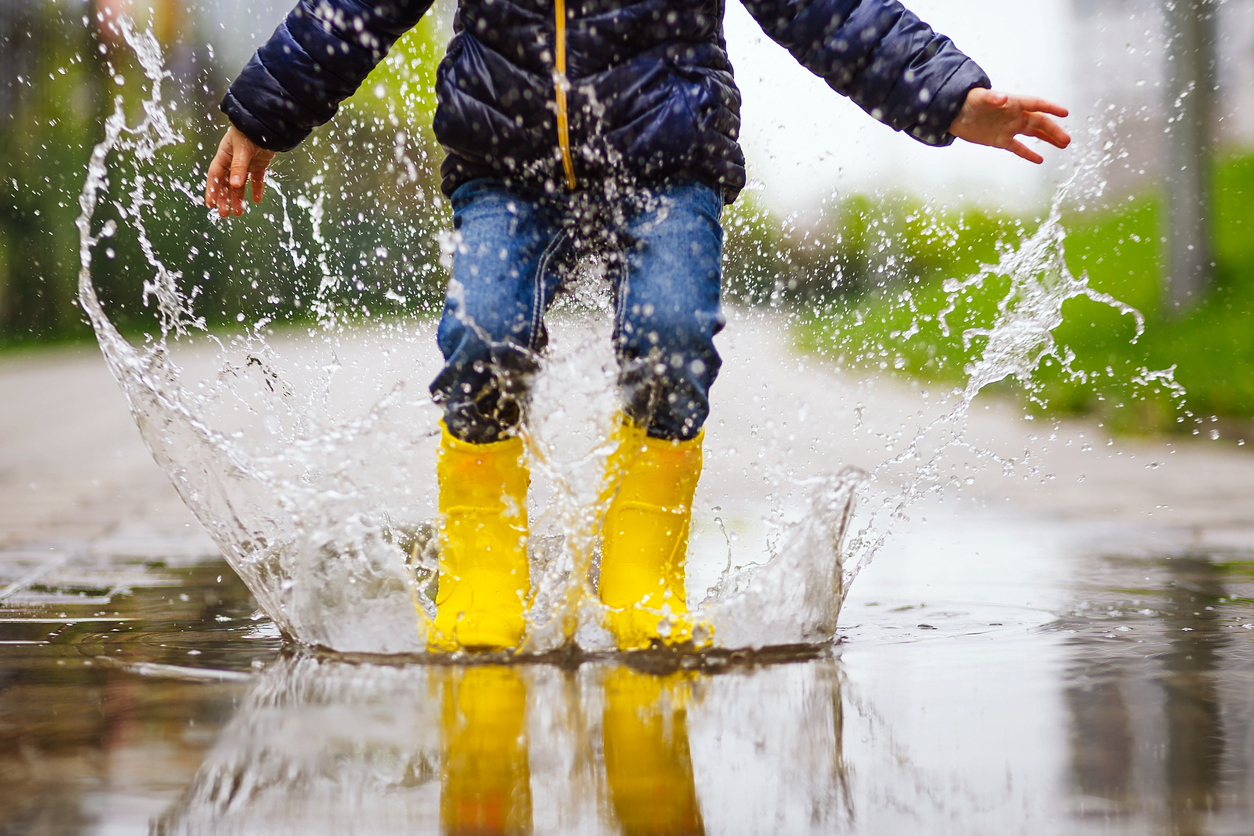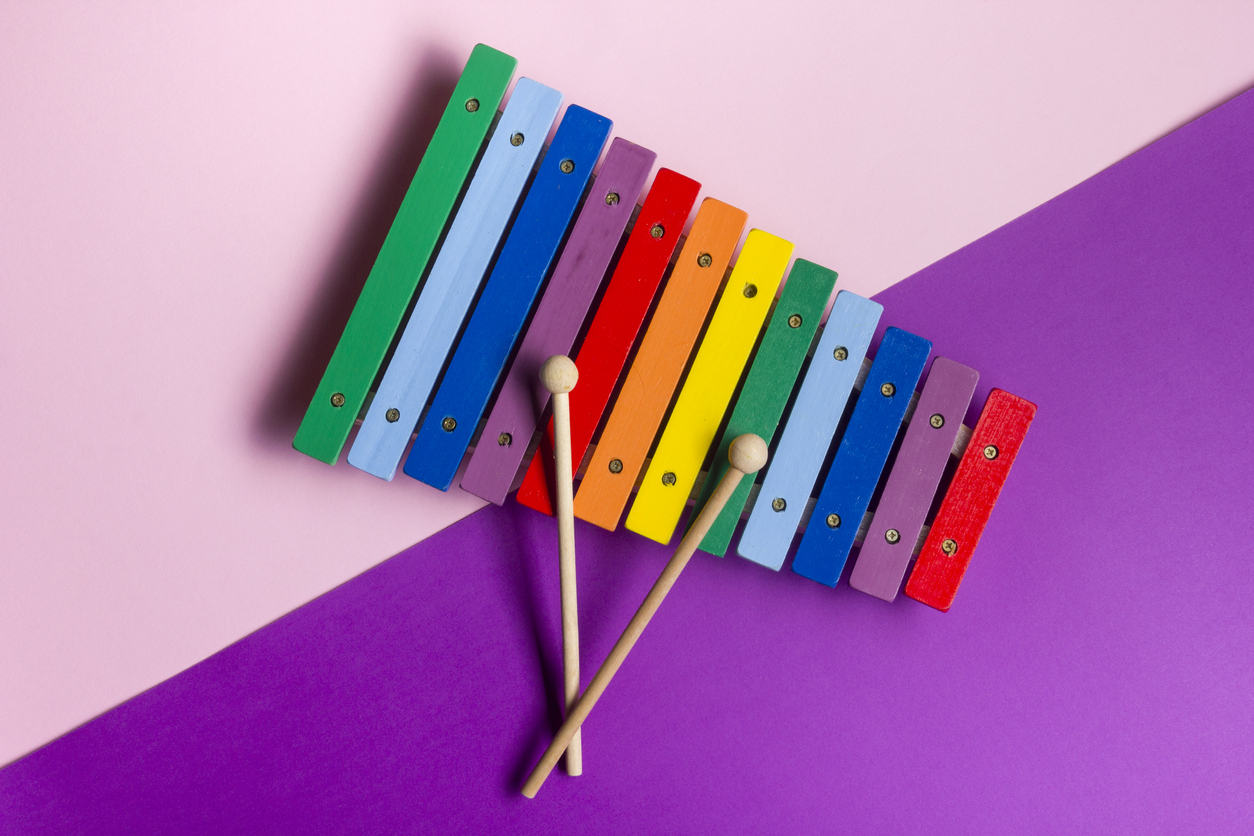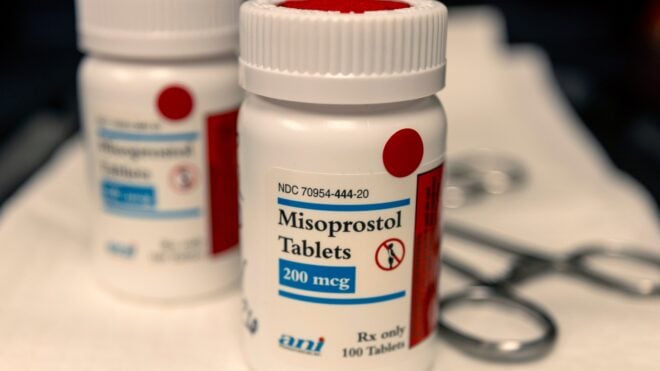
My almost 7-year-old daughter came storming through the door this morning asking if I would drag her around in our old plastic wagon. My three kids have pushed each other down ramps while dangerously perched on the side of it and have pulled themselves and neighbor kids around the cul-de-sac to the point of bending two of the four wheels. My daughter is like any other kid right now and is feeling anxious and frustrated by the social distancing-related limitations on her life right now; she was seeking time with me and a sensory outlet. I met her outside and watched her little body relax as I started pulling her along our street. The bumps and rattles from the dilapidated wheels seemed to soothe her stress. She giggled and started noticing the moving shadows on the sidewalk made by her body. In the midst of the health crisis, our kids are still kids, and at that moment mine was happy. My kid also happens to be transgender.

My daughter was assigned male at birth based on her body parts. For most children, biological sex causes a chain reaction of labels, specifically one that defines gender. However, sex and gender are created by different processes in our bodies.

In some cases, a person’s sense of gender (male, female, neither, or both — someone who does fit into binary gender labels is called agender, gender fluid, or nonbinary) does not match the one they were assigned at birth based on their sexual anatomy. This is described as transgender. Transgender is an adjective in the same way the word cisgender describes someone who does align with the gender they were given at birth based on their biological sex.

By the age of 4, most children have a strong sense of their gender identity. As parents — and society as a whole — we place expectations on our kids based on their assumed gender. Stereotypes, biases, and blatant ignorance feed the notion that girls have a vagina and boys have a penis.

This is true for some people, but for others, particularly transgender youth and adults, their bodies don’t match their hearts and brains. When a child is persistent, insistent, and consistent that their assigned gender is not correct, it is imperative that we listen to them.

My daughter was almost 2 when she demanded that she wear her big sister’s clothing. I assumed I had a little boy who liked pink, purple, and skirts. A few months later she started to tell me, my ex-partner, and her siblings that she was a girl. I wanted to do the best and most loving thing for my child, so I followed her lead. I listened to and validated her.

We lived in a gender-neutral phase for a few months, but as her anxiety increased, so did the urgency to make a change. After guidance from transgender friends, mental health providers, and my daughter’s pediatrician, my ex and I asked our daughter how she would like to start preschool that would begin in a few months. Without hesitating, she told us that she wanted her new friends and teachers to know she is a girl.

The American Academy of Pediatrics, the American Medical Association, and the American Psychological Association urge caregivers and medical and mental health professionals to provide support and affirming medical care for transgender youth.
Transgender children who are supported by their parents are much more likely to do better in school, have better mental and physical health, and experience the confidence to want and demand their best life.
The Trevor Project reported data that showed 35% of transgender youth have attempted suicide in the past year; 44% seriously considered it. But with affirming care that includes respecting a child’s true pronouns, chosen name, and choice of hairstyle and clothing, their self-esteem improves and suicide ideation is reduced.

We switched from male to female pronouns a month before my daughter’s third birthday, and my only regret is that we didn’t do it sooner. Since then and with her guidance, my daughter’s birth certificate has been corrected to accurately indicate she is female. She thrived in preschool, and until social distancing canceled school for the year, elementary school was going well, too. My daughter’s concern right now is that she won’t get to have a birthday party when her seventh birthday rolls around in June.

People often accuse me of abusing my child or of having forced her to be something she is not. While I want to educate those who think being transgender isn’t a thing or that there is something wrong with her or me, my first priority is and always will be my daughter. Another person’s uninformed opinion won’t dictate my child’s happiness.
I have three children. One is transgender and two are cisgender. I don’t question that, nor do I force any of my children to be or feel anything they are not. I can barely get them to brush their teeth or put on pajamas before bed. I thought my daughter was a son. I won’t make the mistake of not loving her because I was wrong.

Transgender kids are kids first, and they deserve the same love and assumption that they know who they are as much as our cisgender children. We need to trust them. We need to pull them around in wagons when the world feels too uncertain, and we need to figure out ways to promise birthday celebrations with friends who love them, not in spite of but for who they are.







